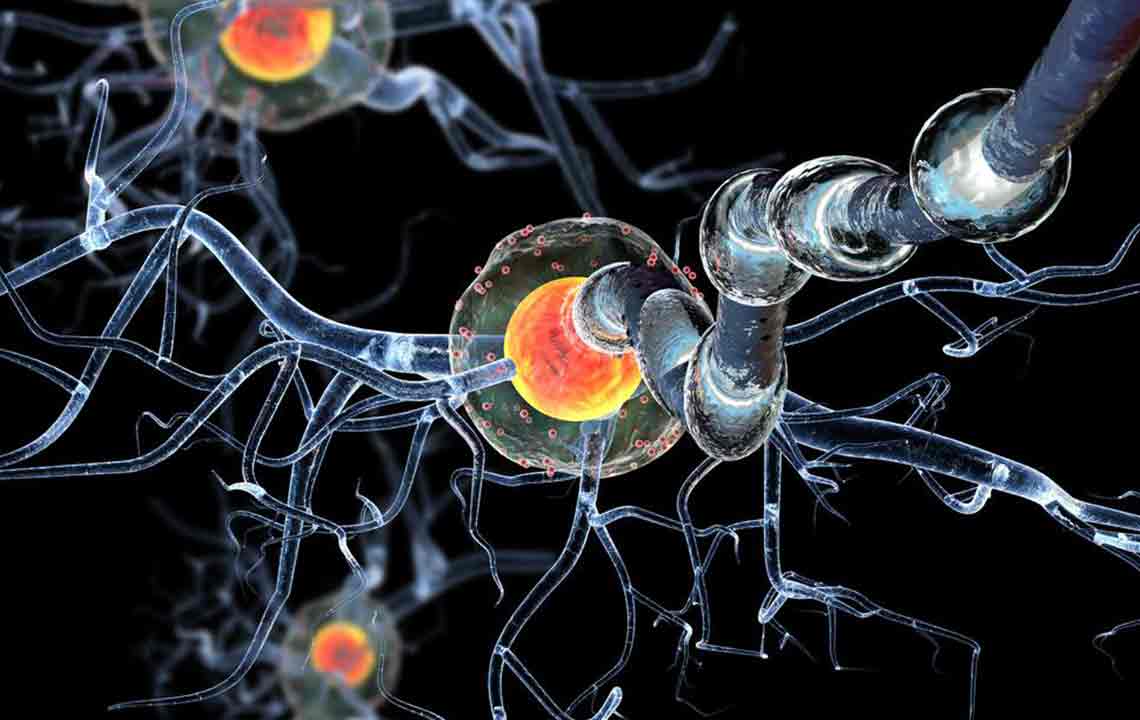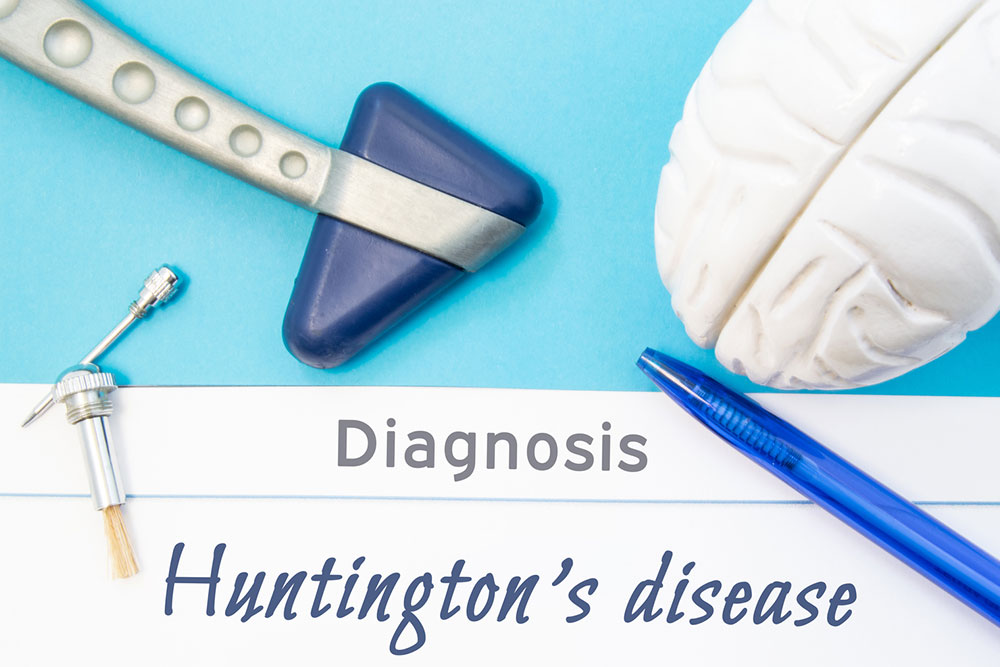Comprehensive Overview of Huntington's Disease and Its Impact on Patients and Families
Huntington's disease is a hereditary neurodegenerative disorder with no current cure, affecting thousands in the U.S. and beyond. This in-depth overview covers its causes, symptoms, progression, and the latest in care and research. Understand how genetic factors influence disease development, learn about different stages, and discover how comprehensive management can improve quality of life for patients and support families facing this condition. With ongoing scientific advances, hope persists for better treatments and possible cures in the future.

Understanding Huntington's Disease: A Deep Dive into Its Causes, Symptoms, and Management
Huntington's disease (HD) is a hereditary neurodegenerative disorder that profoundly affects the brain's nerve cells, leading to progressive physical, cognitive, and emotional decline. It is a rare genetic condition, but its profound impact on individuals and families makes understanding it critically important. Typically manifesting between the ages of 30 and 50, Huntington's disease gradually worsens over a span of 10 to 15 years, severely impairing quality of life. Currently, there is no cure, but significant efforts are underway in research and supportive care to improve management and potentially discover effective treatments in the future.
Global prevalence indicates that approximately 30,000 individuals in the United States are diagnosed with Huntington's disease, with over 200,000 at risk due to genetic predisposition. The disease affects all genders and races equally, highlighting the importance of awareness and genetic counseling across diverse populations. The primary cause of Huntington's is a genetic abnormality—specifically, the expansion of a CAG trinucleotide repeat within the HTT gene—leading to the production of a faulty huntingtin protein that damages nerve cells over time.
This hereditary nature means that if one parent carries the gene expansion, there is a 50% chance of passing it to each offspring. Genetic testing can confirm diagnosis and identify at-risk individuals well before symptoms emerge, enabling early planning and interventions. Support organizations such as the Huntington’s Disease Society of America (HDSA) provide vital resources, including counseling, caregiver support, and avenues for participating in clinical trials, fostering a community that empowers patients and families affected by HD.
The clinical presentation of Huntington’s disease is diverse, but common symptoms encompass emotional, cognitive, and motor disturbances. Mood swings, depression, irritability, and personality shifts are frequently observed, often preceding motor problems. Cognitive decline affects memory, decision-making, and problem-solving skills, further compromising independence. The characteristic movement disorders include involuntary jerking or writhing movements called chorea, along with rigidity, dystonia, and impaired coordination.
As the disease progresses, motor impairments become more pronounced, leading to difficulties in speaking, swallowing, and maintaining balance. These physical challenges heighten the risk of complications such as malnutrition, choking, respiratory infections, and pneumonia. The disease unfolds in three main stages, each with distinct clinical features:
Early Stage: Usually marked by mild symptoms such as subtle coordination difficulties, occasional involuntary movements, mood swings, irritability, and subtle behavioral changes. At this point, individuals can often still manage daily tasks but may notice increasing fatigue and minor coordination issues that gradually interfere with their routine activities.
Mid Stage: Symptoms become more severe, including increased involuntary movements, noticeable difficulty in speech and swallowing, and significant emotional disturbances. During this phase, patients often require assistance with daily activities, therapies, and medications aimed at controlling symptoms. Family members increasingly become caregivers, and support systems play a crucial role in maintaining quality of life.
Late Stage: Characterized by profound disability—patients become fully dependent on caregivers for all aspects of daily living. Mobility is severely compromised or lost, speech diminishes or ceases, and there is an increased risk of life-threatening complications such as pneumonia or choking. Nutritional support, skin care, and respiratory management are critical during this phase.
Despite the absence of a cure, modern medicine and comprehensive care strategies help manage symptoms and enhance life expectancy and quality of life. Pharmacological treatments can reduce chorea and stabilize mood, while physical, occupational, and speech therapies help maintain functionality for as long as possible. Nutritional support and caregiver education are vital components of care, ensuring patients are supported physically and emotionally throughout their disease trajectory.
Ongoing research is focused on understanding the disease mechanisms at the molecular level, developing gene-based therapies, and exploring innovative medications to slow disease progression. Advances in neuroimaging and biomarker discovery are promising tools for early diagnosis and evaluating treatment efficacy. Although a cure remains elusive, clinical trials and scientific collaborations worldwide continue to push the boundaries of knowledge and hope for future breakthroughs in Huntington’s disease management and potentially curing this devastating illness.





